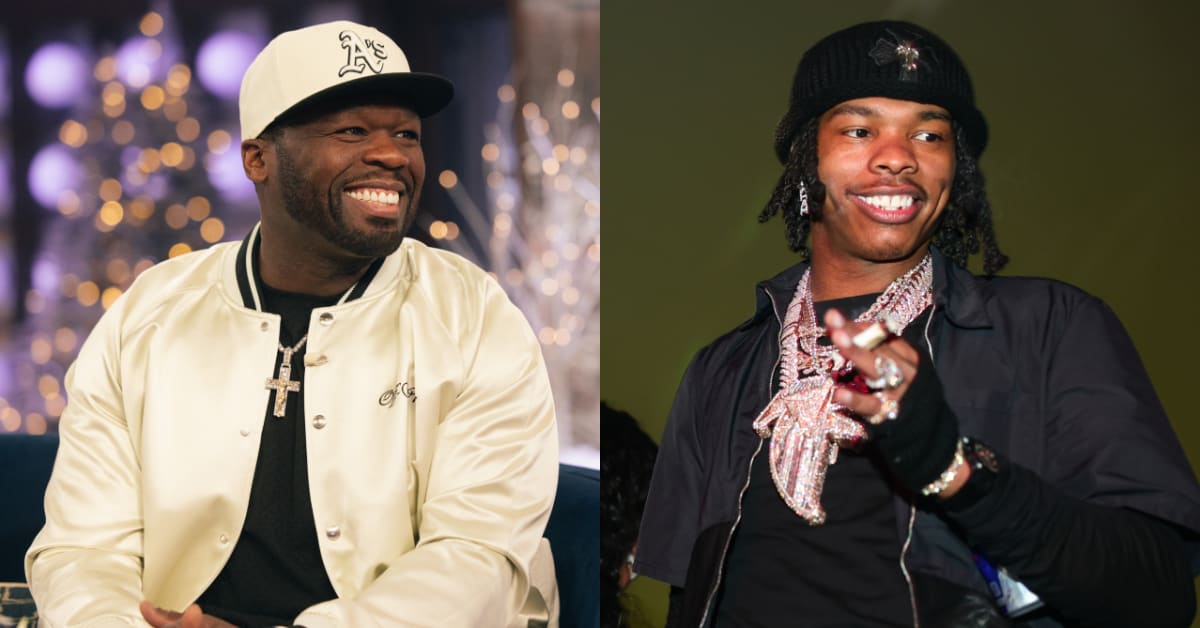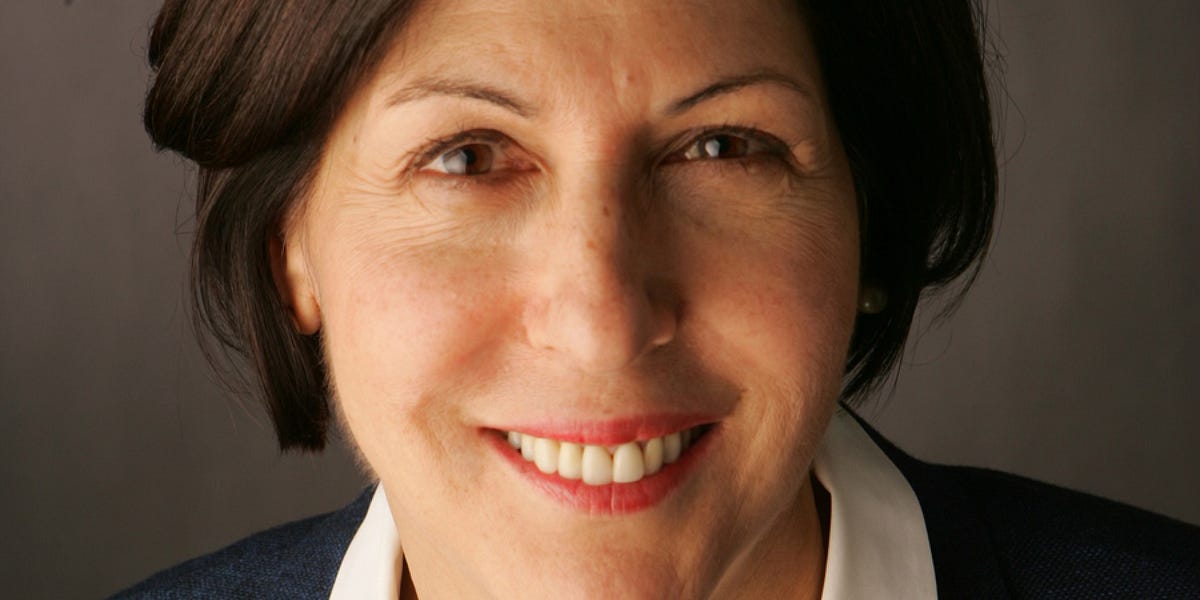Sports
Kentucky Derby allure endures despite a troubled sport and Churchill Downs’ iron grip

Now in its 150th year, the Derby is a tradition that seems to have only grown bigger, no matter the troubling circumstances around it.
LOUISVILLE, Ky. — Sometime in the early evening here Saturday, dusk will settle over Churchill Downs’ picturesque twin spires, and more than 100,000 people leaving the grounds in various states of intoxication and perspiration will return to real life from this once-a-year fantasy world that gets bigger, ritzier and more in-demand every year.
The party will be over. The 150th Kentucky Derby will have been run. And the two-minute horse race they will have seen and wagered millions of dollars on will, in many ways, have been completely incidental to the experience they came to be part of.
It works that way here, year after year, because the Derby is an enduring American tradition that seems to have only grown bigger and bigger no matter the circumstances surrounding it, from wars to economic depressions to, perhaps most surprising of all, the rise and fall of Thoroughbred racing itself as a significant entity in the nation’s sporting landscape.
“It’s the one mainstay we can really rely on,” said Todd Pletcher, a two-time Derby winner who trains Saturday’s likely betting favorite, Fierceness.
But this celebration of everything the Derby has been since its first running in 1875 takes place amidst cross-currents that explain the complicated place horse racing finds itself in 2024: A stunning lack of uniformity and organization in the sport’s management across the national landscape; a desperate fear of horses dying on racing’s most visible day and never-ending controversy surrounding Churchill Downs’ role as both a publicly traded company with a nearly $9.5 billion market cap and the Derby’s heavy-handed gatekeeper.
Yet undergirding all of it are two undeniable facts: The first Saturday in May is the one time everybody pays attention, and the Kentucky Derby is the one race everybody who gets involved in horse racing wants to win.
Churchill Downs aggressively protects lucrative Derby
Has the Derby’s prominence been good for the sport as a whole? It depends on who you ask, but many in the industry will point to the fact that Churchill abandoned its horse racing business at tracks it owned, like Calder in Miami (now a casino); sold off Hollywood Park in Los Angeles in a deal that eventually doomed its horse racing operation (it’s now the site of SoFi Stadium) and ended racing at Arlington Park as part of a deal to sell the land to the Chicago Bears.
Meanwhile, as part of the 150th Derby celebration, Churchill Downs this week unveiled its new $200 million showpiece paddock, whose primary function is to create more premium seating and dining areas for Derby week that will fetch upwards of $7,000 per person for the weekend.
“Horse racing is less relevant as a sport now, and if you look back 10, 20, 30, 40 years ago, it’s been kind of a continual decline,” said Craig Bernick, who now runs the Ocala, Florida-based Glen Hill Farm that his grandfather founded as a racing and breeding operation in the 1960s. “But the Derby itself has really been able to buck that trend. It’s a major, major event. Churchill, they’ve done an amazing job for their business, for their shareholders. It’s been an unbelievable wealth creation for Churchill. And the only horse race they care about is the Derby.
“They’ve invested in areas where they can get casinos, and they’ve got a great business model for making money. But it hasn’t been beneficial to the sport as a whole. And I don’t think that’s ever been their intention. Their intention is to make money, which they do.”
The aggressive way Churchill protects this one-of-a-kind, money-printing asset that comes around once a year strikes at the heart of this year’s bête noire: The third consecutive absence of six-time Derby winning trainer Bob Baffert and a horse named Muth, who would have been among the favorites Saturday were he allowed to run.
The Churchill-Baffert dispute stems from what would have been Baffert’s record-setting seventh Derby win on May 1, 2021, when 12-1 Medina Spirit crossed the finish line a half-length in front of 27-1 Mandaloun.
A week later, Medina Spirit tested positive for a small amount of the corticosteroid betamethasone, leading to his eventual disqualification. Baffert claimed that the positive test was the result of an anti-fungal ointment used to treat a skin condition and that he was unaware it contained a banned substance. On June 2, 2021, Churchill hit Baffert with a two-year ban from entering a horse at any track owned by the company, noting five medication violations over the previous year associated with Baffert horses.
Baffert, for his part, has long claimed that any positive tests were inadvertent, usually attributing them to environmental contamination or, in a couple of 2020 cases, transferred to the horse via the hands of one of his staff members from a lidocaine patch on his back. Baffert has vehemently denied that he ever doped horses.
Nevertheless, Churchill’s harsh suspension was widely viewed as proper given Baffert’s prominence within the game and the industry-wide sense that horse racing urgently needed to clean up its act after years of damaging publicity surrounding doping cases and horse deaths. It was also upheld as legal by a U.S. District Court judge in February 2023, which should have brought the matter to an end with Baffert returning to the Derby in 2024.
Bob Baffert ‘served his time and they extended it’
But on July 3 of last year, Churchill announced that Baffert’s ban had been extended at least another year, saying: “A trainer who is unwilling to accept responsibility for multiple drug test failures in our highest-profile races cannot be trusted to avoid future misconduct.” This, presumably, was in reference to the fact that Baffert and Medina Spirit’s owner continued to pursue legal recourse to overturn the disqualification, and Baffert continuing to maintain his innocence in media appearances.
If the original suspension was fair, adding another year on top of it – without any new violations – was seen in some quarters of the industry as unchecked bullying. It also came on the heels of a disastrous Derby week in 2023 in which two horses from the barn of trainer Saffie Joseph died, prompting Churchill to immediately suspend him and scratch his entry, Lord Miles, out of the Derby.
Two months later, Joseph was cleared and reinstated as necropsies showed nothing conclusive about the incidents. Baffert, however, remained banned.
“They made him the poster boy for what was happening,” said four-time Derby winning trainer D. Wayne Lukas. “They put him right out there and made a house rule, and he served his time and they extended it. I thought that whole thing got out of hand.
“My personal feeling is, management didn’t want that to be a story for the 150th Derby. If Bob was running, he would have been a lot of the story, and I think they felt that, because he really, really should be here.”
The way the Baffert-Churchill dispute has played out has once again put a spotlight on the hodgepodge, somewhat arbitrary nature of rules surrounding horse racing compared to other sports.
Try to imagine, for instance, if NBA commissioner Adam Silver slapped another 15 games onto a player’s standard 25-game performance-enhancing drug suspension because the player didn’t show enough contrition in media interviews. You can’t imagine it because it simply wouldn’t happen. In pro sports, all of these issues are collectively bargained and standardized for the good of the sport. In horse racing, the motivations are entirely different.
“Churchill Downs is a multi-billion-dollar brand that wants to do everything they can to protect their brand,” said Kip Cornett, a longtime Thoroughbred owner and horse player who founded one of the leading ad agencies in Kentucky. “And whether it’s Bob Baffert or any trainer that they feel like is compromising the value of that brand, they have shareholders that they answer to. So I understand their desire to protect their brand in any way possible, because I understand the value of a brand that they have. It’s one of the most powerful brands in sports.”
What’s confusing, though, is that the Horseracing Integrity and Safety Authority (HISA) was enacted by Congress in 2020 as a regulatory body to, in essence, establish national standards on a variety of safety issues – from racetrack conditions to injury reporting to anti-doping and medication rules, rather than the state-by-state fiefdoms that made regulation of the sport wildly inconstant.
As of last May, HISA was fully operational with its anti-doping program, and while there have been some critics and bumps in the road, it has generally been a welcome development in this beleaguered industry.
Within the context of standardization as a national goal enshrined into federal law, it might seem odd that Baffert and owner Amr Zedan now sit on the sideline, readying Muth for the Preakness, where they’re allowed to race in two weeks while being unable to bring their horse to the Derby by decree of Churchill Downs, Inc.
In a last-ditch legal effort to get Muth eligible for the Derby, Zedan and attorney John Quinn argued that extension of the ban was the result of nothing more than a personal vendetta against Baffert by Churchill CEO Bill Carstanjen. And in a phone interview last week, Quinn said Zedan had invested significant amounts of money over the last two years in 1- and 2-year-old horses, anticipating that Baffert would be allowed to return when his suspension was over.
In the end, their legal effort to get Muth in the starting gate was unsuccessful. Once again, Churchill prevailed in a Kentucky court – albeit with a request from Circuit Judge Mitch Perry for the two sides to work together and reach an agreement to end the Baffert standoff.
After the decision, Quinn said Zedan had a “very pleasant” phone conversation with Churchill’s chairman of the board, Alex Rankin. It’s unclear, though, where things go from here.
‘He’ll want to have a horse in that race’
The 150th Derby will be run on Saturday without Zedan, Baffert and Muth. And maybe more importantly, the party will go on.
“We think (they) made an arbitrary, unfair decision which is keeping one of the best horses from the most important race in the country, and we kind of hope as a result of this experience the folks at Churchill Downs will look themselves in the mirror and recognize this isn’t good for horse racing, good for them and that they’ll be more careful in the future,” Quinn said.
For Zedan, the Los Angeles-born Saudi Arabian investor, it is the second time he has been on the wrong end of Derby heartbreak.
After deciding alongside Baffert in January to drop their final legal appeal to restore Medina Spirit’s victory, Zedan has officially been taken out of the record books as a Derby-winning owner. And now he’ll never even get the chance with Muth, who looked like a real contender for the roses with a dominating win in the Arkansas Derby.
But the allure of the Kentucky Derby and its paradoxical role in this troubled sport endures as deeply as the race itself. Given the years of bitterness and legal wrangling with Churchill Downs, will Zedan try again for Derby 151?
“Mr. Zedan’s goal has always been, and only been, to have the best horses – including his horses that qualify – racing in the No. 1 horse race in the country,” Quinn said. “And that’s the Kentucky Derby at Churchill Downs. That was his intention this year, and I’m sure that’ll be his intention next year. He’ll want to have a horse in that race.”










